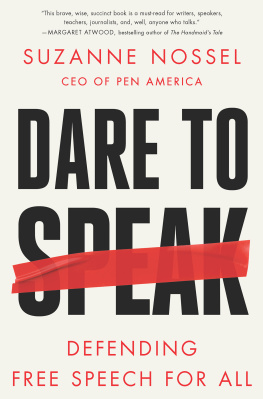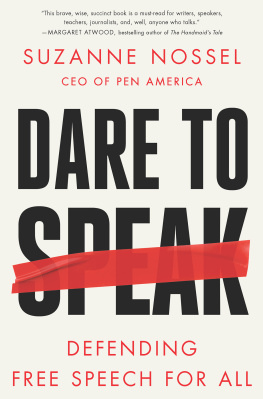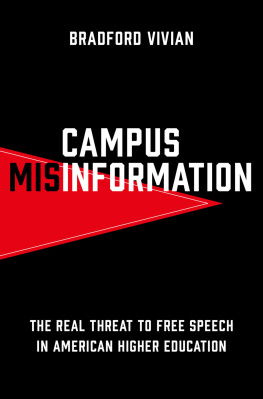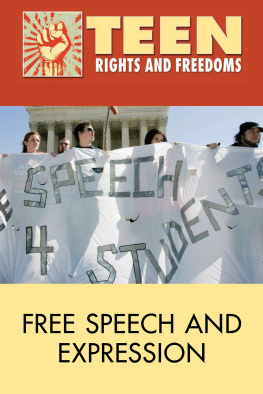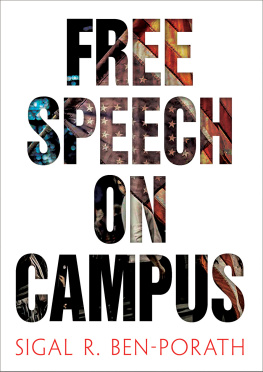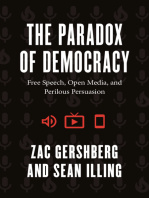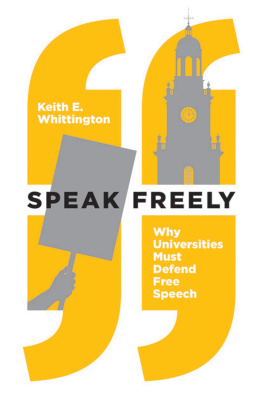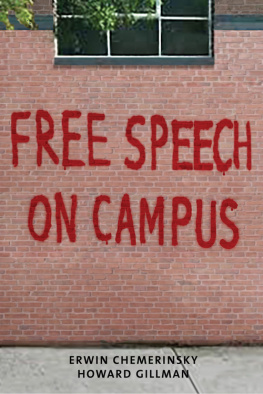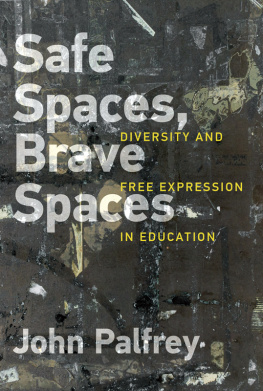EVERY WEEKDAY I RIDE A PACKED NEW YORK CITY NO. 2/3 SUBWAY TRAIN to and from work. Bodies cling to poles, hands press against the roof for balance, people lean on doors, and elbows, hips, and stomachs abut willy-nilly. Although I ride in Manhattan, the trains full route snakes through the Bronx and out to Brooklyn, uniting a cross section of New Yorkers in which no single race, ethnicity, religion, socioeconomic background, or age group predominates.
Like a gritty ballet, this ritual of diverse riders swaying together in a jammed subway car has a set of protocols that allow it to be performed uneventfully thousands of times a day. Eye contact is averted. Riders use all their might to prevent the force of the braking train from throwing them into the arms or lap of another passenger. If you jostle or step on a foot, you apologize quietly and are forgiven. No one may take up more than their fair share of space, but those who need morebecause of their size or a disabilityare mostly accommodated without incident. If an elderly or a pregnant person uses eye contact and positioning to request a seat, someone usually obliges. If somebody encroaches on your space or body, you speak up loudly and those nearby rally. The experience is unpleasant, but the stress of delayed trains, spotty Wi-Fi, shrieking brakes, and the occasional rat on the tracks ison most daysnot compounded by unruly interactions with fellow human beings enduring the same.
A few of the rulesstanding clear of the closing doors and avoiding unwanted touchesare reinforced by posted signs. But much of the code that enables more than four million New Yorkers to ride cheek by jowl each day is unwritten. According to 2019 Transit Authority statistics, the system averages one reported crime per every million riders per day. Racism, sexism, belligerence, leering, homophobia, stampeding crowds, and a myriad of other urban ills rear their heads in periodic incidents that inflict trauma and produce headlines. Yet most of the time, most people behave.
Accepted values underpin these norms: the idea that the subway is for all; we have equal entitlements to seats and space; the weak and needy deserve help. If most New Yorkers were not capable of upholding norms that allowed them to self-govern this teeming space, it would need many more rules and far more stringent enforcement.
Coexisting peaceably with fellow New Yorkers on public transportation turns out to be a lot easier than doing so with people from all over the world in public discourse. The subway experience is no model for harmonious living, but it is an example of coexistence that largely avoids out-and-out conflict. Like our society, the subway system is prone to disruptions and sudden jerks. But the people riding it know how to handle those unsettling eruptions. Our encounters on public transport are fleeting, anonymous, and largely silent. Yet without the unwritten guidelines, the subway as we know it would cease to be possible.
In public debates, where meaning, truth, power, and reputation are all at stake, a common set of rules is imperative. Whereas our discourse used to be bounded by geography, social class, language, and the limited reach of media, our global conversation is now a mosh pit of expression where you and your ideas can encounter anyone, anywhere. We need to find ways to self-govern our discourse so that it can remain accessible, open, and freewheeling and that authoritiesbe they government, institutional, or corporateare neither tempted nor called on to forcibly intrude. As American society rapidly becomes more demographically diverse, as digitally enabled speech crosses boundaries to reach unintended faraway audiences, and as a polarized political climate tempts us to view others with suspicion or disdain, the potential for misunderstanding and offense multiplies. Big cities are microcosms of society. We need to develop for our discourse an equivalent of the systems and habits that make varied and crowded urban settings livable.
This book suggests guidelines that can protect ideas and opinions from suppression and also widen the circle of those who stand ready to defend free expression. My hope is to offer approaches and principles that can open conversation, tamp down conflict, unearth common ground, and avoid bans or punishments for speech. Rather than formulating mandates for government, technology platforms, universities, or other institutions, this book is focused mostly on the role and responsibility of individualsall of usas guardians of free speech. This book is intended for all who seek to voice controversial viewpoints, hear them out from others, and keep their boardrooms, classrooms, dormitories, and dining tables open to fruitful conversations between people whose beliefs differ.
Free speech controversies have become fodder for daily headlines. Hateful speech is on the rise, sometimes linked to hate-fueled crimes, leading some people to question whether freedom of speech is inimical to the values of equality and inclusion. Professors are disciplined or dismissed for offending students. Journalists and celebrities are fired for errant tweets. People argue that articles, poems, and books should be withdrawn from publication because they are offensive, or because the author lacks the life experience to legitimately write them in the first place. Once-obscure legal concepts like defamation and incitement are gaining new vitality. Whether on social media, on TV, or even in everyday conversations, moral denunciation can crowd out thoughtful give-and-take. Online harassment and denigration are rampant. With the harms of expression on daily display, its easy to question why the framers of the Constitution thought protecting free speech was so important.
Hypocrisy, or at least inconsistency, in defense of free speech runs wild. Lawful protesters are derided for incivility for vociferously challenging speakers with whom they disagree. Those who thunder about cops curtailing a boisterous labor picket line may not be so quick to rise to the defense of an anti-abortion demonstratoror vice versa (as the old taunt goes, Free speech for me, but not for thee). And free speech is invoked for partisan purposesthe right wing argues that its speech is under attack, whereas the left downplays free speech concerns in favor of priorities like racial and gender justice. Those who care deeply about both free speech and equality find themselves pressed to take sides between vaunted principles that sometimes seem to conflict.
These conflicts split along not only ideological but also generational lines. Younger Americans, who lean progressive, place greater weight on diversity and equity encompassing race, religion, gender, sexuality, and other identities. When campaigns on behalf of equality for historically marginalized groups butt up against free speech rights, the younger generation appears more ready to limit freedom of expression. On the flip side, too many free speech champions subordinate very legitimate concerns about racial and gender prejudice, as if they were a secondary set of problems. But the imperatives of realizing an inclusive society are urgent, and young people wontand shouldntagree to subordinate them. We are in the midst of an essential reckoning over the legacy of slavery, racism, and other forms of exclusionary persecution. This process entails critically examining many facets of our society, including our free speech principles. The route to resolve these tensions, I believe, lies in explaining how concerns of diversity and inclusion canand mustbe reconciled with robust protections for speech. The quest for a diverse, inclusive society is in fact fortified by the defense of free speech, and the case for free speech is more credible and more persuasive when it incorporates a defense of equality as well.

